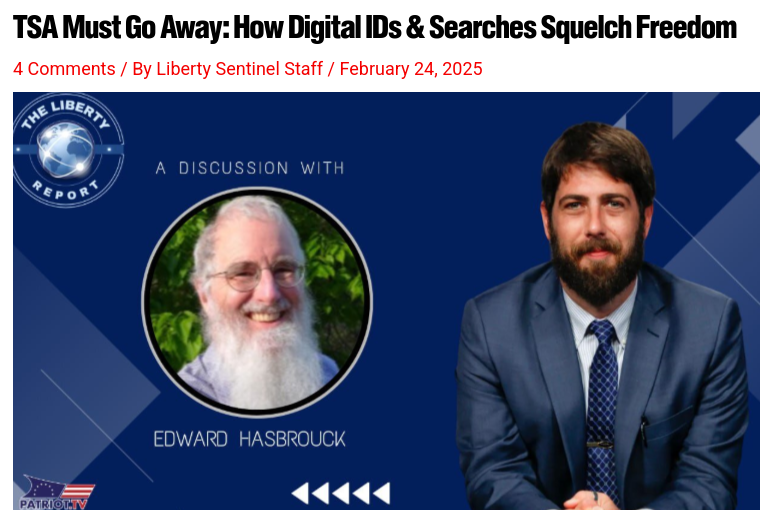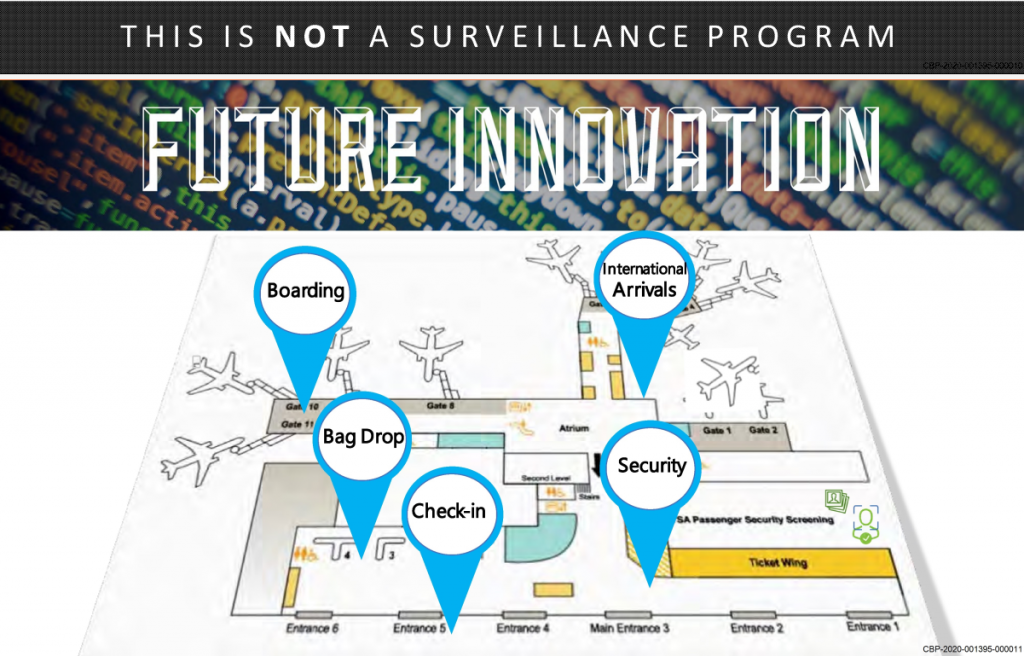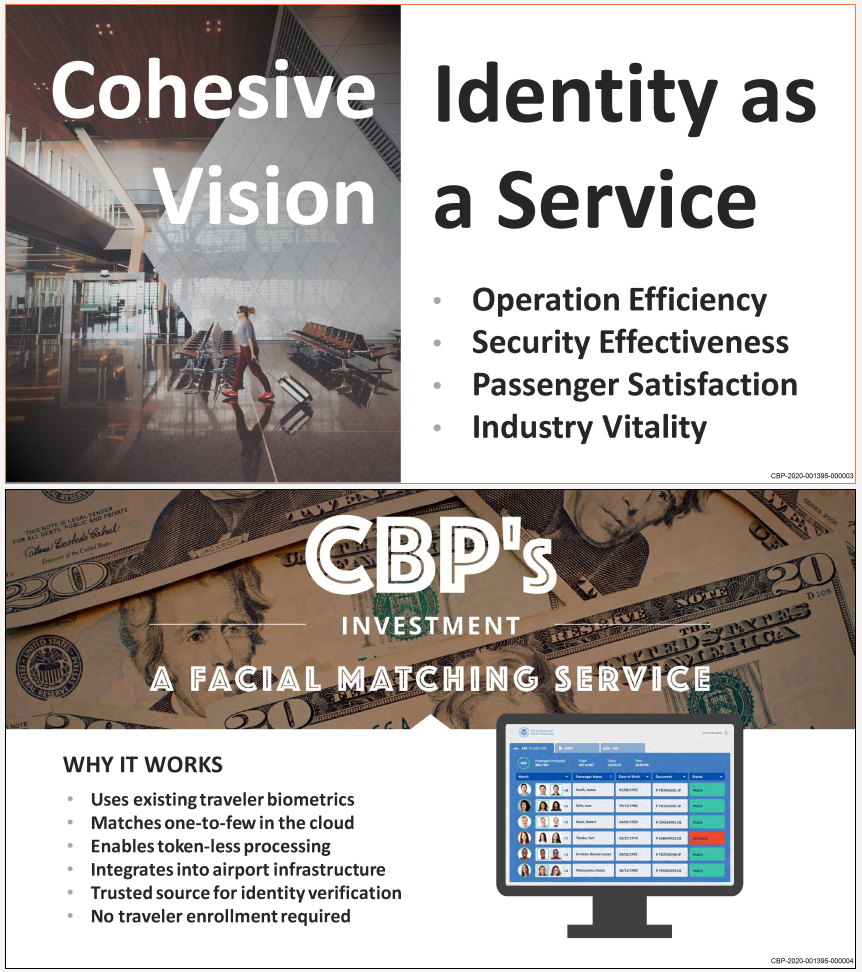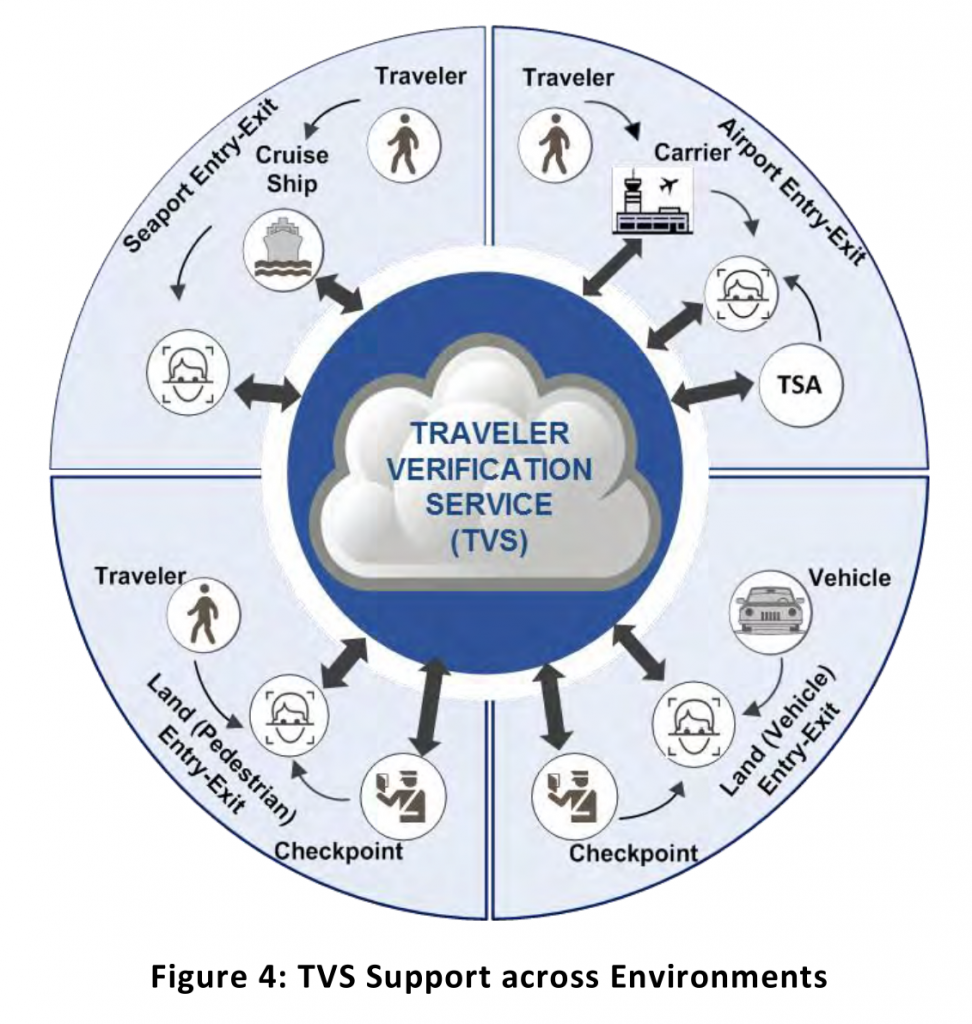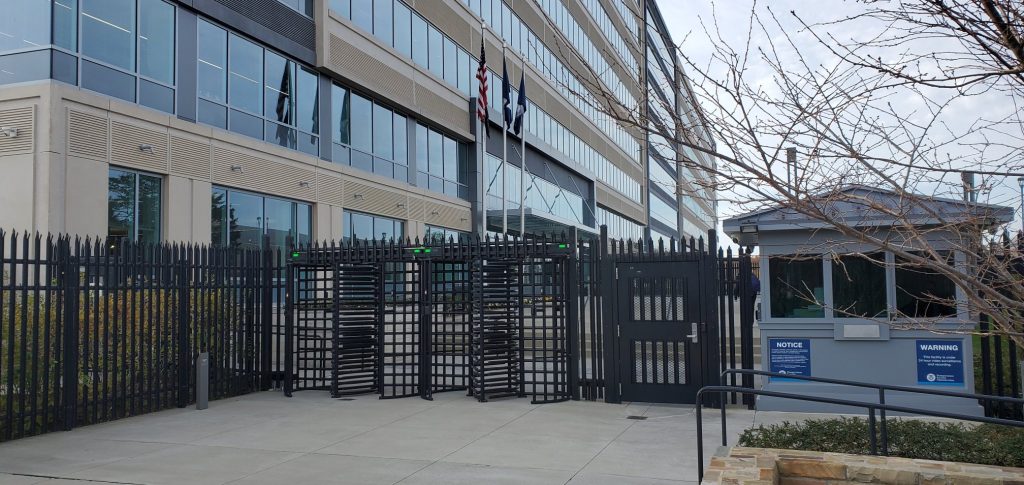Collection of biometrics from anyone “associated” with a foreigner
As part of an array of proposals and rules issued by components of the US Department of Homeland Security to collect a widening array of biometric information and systems from widening categories of individuals, US Citizenship and Immigration Services (USCIS) is proposing a new rule that would authorize collection of any form of biometric information or samples from anyone, including US citizens, “encountered” by USCIS or “associated with” any applicant for admission to the US, US residency, or US citizenship.
The proposed rule would give USCIS blanket authority, at its discretion, to order any such individual to report to any location worldwide specified by USCIS, and to submit to collection of facial images (“digital image, specifically for facial recognition”), fingerprints, palm prints, iris scans, retinal scans, voice prints, and/or DNA samples.
Underlying the proposal is an implicit but impermissible assumption that merely to “associate” with foreigners is sufficiently suspicious to create probable cause for a search.
Today the Identity Project and Fiat Fiendum, Inc., filed comments objecting to this proposal for warrantless, suspicionless searches as unconstitutional and contrary to US treaty obligations pursuant to the International Covenant on Civil and Political Rights:
U.S. Citizenship and Immigration Services (USCIS) component of the Department of Homeland Security (DHS) is proposing to “expand its routine biometric collections to include individuals associated with immigration benefit requests or other requests or require[d] collection of information…. DHS is proposing to revise 8 CFR 103.16 to require that any applicant, petitioner, sponsor, beneficiary, or individual filing or associated with a benefit request, other request, or collection of information, to include U.S. citizens, U.S. nationals, and lawful permanent residents, and without regard to age, must submit biometrics, unless DHS otherwise exempts the requirement.”
These individuals would be required to submit to intrusive searches at U.S. borders and ports of entry and exit, at places outside the U.S., and at places in the interior of the U.S.
These searches and collections of biometric information and samples would include facial photography (“mug shots”), fingerprinting, iris and retina scans, voice samples, and DNA samples, on a dragnet basis for all applicants or “associates” of applicants or at the “discretion” of USCIS, rather than on the basis of warrants, probable cause, or individualized suspicion.
The NPRM does not mention the Constitutional rights or human rights treaties it implicates, much less justify the proposed rules as Constitutional or permitted by treaty.
The proposed searches would be unconstitutional and violate U.S. treaty obligations.
Warrantless, suspicionless searches, solely on the basis of citizenship, immigration status, exercise of the right to freedom of movement, and/or “association” with other individuals, would violate the First and Fourth Amendments to the U.S. Constitution and U.S. obligations as a party to the International Covenant on Civil and Political Rights (ICCPR).
The proposed rule should be withdrawn.
Thousands of comments, almost all objecting to the proposed rule, are still being docketed. Once they are docketed, you can find all of the comments on this proposal here.

